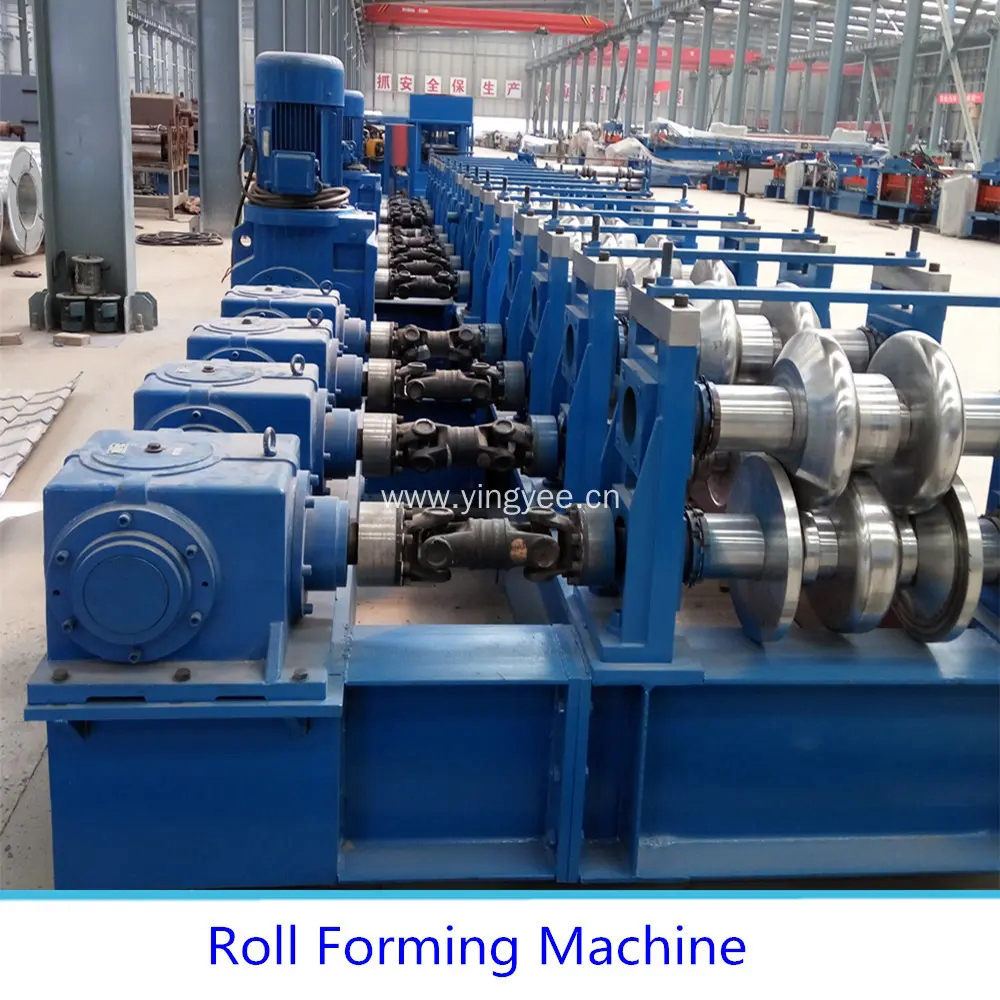
The Evolution and Benefits of Corrugated Roof Sheet Making Machines
In the realm of modern construction and manufacturing, the corrugated roof sheet has emerged as a pivotal component, offering both structural integrity and aesthetic appeal. The machines designed for making these sheets play a crucial role in the production process, transforming raw materials into durable roofing solutions. This article delves into the evolution, functionality, and benefits of corrugated roof sheet making machines.
The Evolution of Corrugated Roof Sheet Technology
Corrugated roofing has its origins in the 19th century, with the first corrugated sheets made from iron. Over time, as industries evolved and materials improved, the use of galvanized steel, aluminum, and even polymer composites became prevalent. This transition necessitated the development of specialized machines capable of efficiently producing corrugated sheets in various sizes and profiles.
The first generation of corrugated roof sheet making machines was largely manual, requiring significant human labor and time. However, technological advancements paved the way for semi-automated and fully automated systems. Today’s machines are equipped with state-of-the-art features, including computerized controls, which allow for precise adjustments in thickness, width, and corrugation patterns.
Functionality of the Machines
A modern corrugated roof sheet making machine typically consists of several key components
1. Material Feeding System This part handles the raw materials, such as steel coils. The coils are unwound and fed into the machine for processing.
2. Roll Forming Station In this station, the flat metal sheet is passed through a series of rollers that gradually shape it into the desired corrugated profile. Each set of rollers is engineered to create specific shapes and dimensions.
3. Cutting Mechanism After the sheets are formed, they need to be cut to precise lengths. The cutting mechanism can be hydraulic or mechanical and is often controlled by the same computerized system that manages the roll forming.
4. Stacking System Once cut, the sheets are automatically stacked for easy handling and transportation. This enhances efficiency and minimizes the risk of damage during storage.

5. Control Panel The user interface allows operators to monitor the machine’s performance, make adjustments, and troubleshoot any issues that may arise. Modern panels often feature touch screens and real-time feedback systems, enhancing the user experience.
Benefits of Using Corrugated Roof Sheet Making Machines
Investing in a corrugated roof sheet making machine brings several advantages
1. Efficiency and Speed Automated machines significantly reduce production time. They can create a large number of sheets in a short period, meeting the demands of high-volume construction projects.
2. Consistency and Quality Automated processes ensure that each sheet produced meets rigorous quality standards. This consistency is crucial in construction, where even minor variations can have significant implications for a building's integrity.
3. Cost-Effectiveness While the initial investment in such machinery can be substantial, the long-term savings associated with reduced labor costs, lower material waste, and faster production often outweigh the upfront expenses.
4. Versatility Many modern machines can manufacture sheets with varying thicknesses, widths, and corrugation patterns, allowing businesses to cater to diverse customer needs. This flexibility opens up new market opportunities.
5. Reduced Labor Requirements Automation decreases the reliance on manual labor, thus reducing labor costs and enabling businesses to allocate human resources to other critical areas.
Conclusion
The development of corrugated roof sheet making machines represents a significant leap in construction technology. As trends toward efficiency and sustainability continue to evolve, investing in advanced machinery not only enhances production capabilities but also positions businesses for future success. These machines symbolize the fusion of innovation and practicality, providing durable roofing solutions that are indispensable in the modern construction landscape. As industries embrace these advancements, the corrugated roofing sector is poised for continued growth and transformation.